How to choose the logo printing?
Compared with the job, I prefer customers who share the same dedication and pursuit of products. Job should not only be a means of livelihood, but more importantly, it should resonate with the persistence and pursuit of guests and provide them with the best solutions.
A few days ago, my shop received an inquiry from a client of Germany, his name is Holger. Holger is a self employed business man from Germany doing graphics design, printing and promotional items. He is looking for T-Shirts with logo printing on the back side for his customer. Holger need 500 pieces T-shirts, which specify the fabric weight, color, and size range, custom individual vertical label, and printed patterns on the back of the T-shirt. This kind of inquiry is very common.
I made a preliminary quotation as required, and suggested several options for logo printing. For cotton fabrics, the available printing methods are silk screen printing, digital heat printing and direct to garment printing.
After receiving my quotation, Holger asked me a series of questions about printing. This is the customer who has the same dedication and pursuit for products. His questions are as follows.
How to choose the logo printing?
Can be done full color?
Can you give me more detail about printing technic you would recommend to choose for this logo and quantity.
How is logo applied?
How durable is printing?
How washable, what is max. degree washable?
After I answered the questions one by one, Holger and I discussed the printing technology according to our own understanding.
Screen printing is the most traditional printing method with low cost. We both think if it is for promotional purposes, it should be enough to use screen printing.
Digital heat printing has made rapid progress in China in recent years, and has made good progress in printing effect and cost performance. The printing effect is better than screen printing and direct to garment printing. The cost is higher than silk screen printing, but cheaper than digital direct injection. The durability is the best among the three. It can be washed for a long time without fading.
Direct to garment printing is a traditional high-end printing, which is expensive, and the color has a slightly fading effect, but it is very popular and highly recognized abroad. In terms of durability, it is not as good as digital heat printing, but better than silk screen printing.
After these discussions, Holger and I have a deep sense of identity with each other, and the following businesses have developed very smoothly.


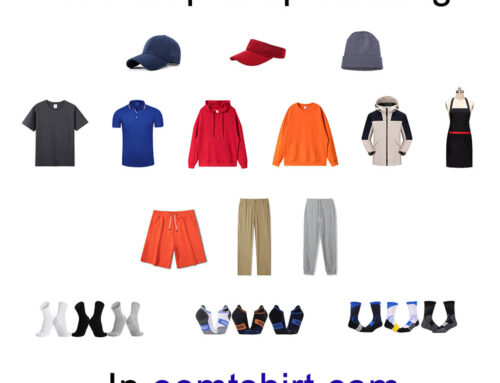
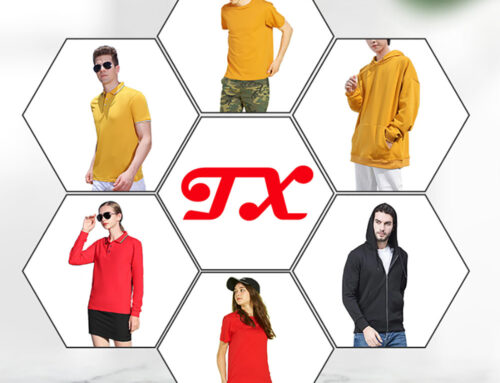
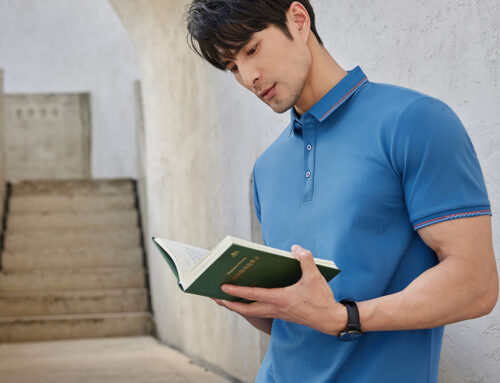
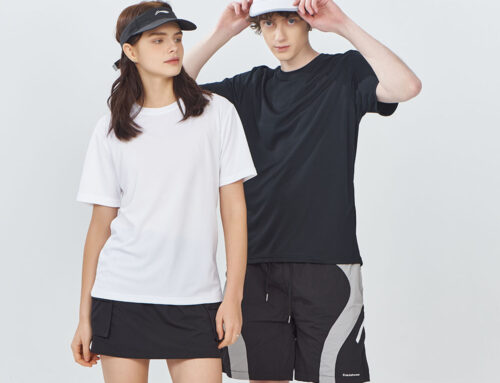
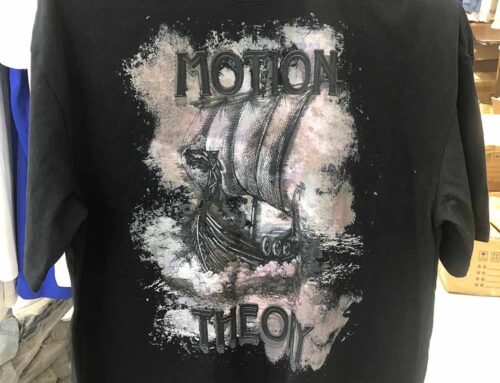
Leave A Comment